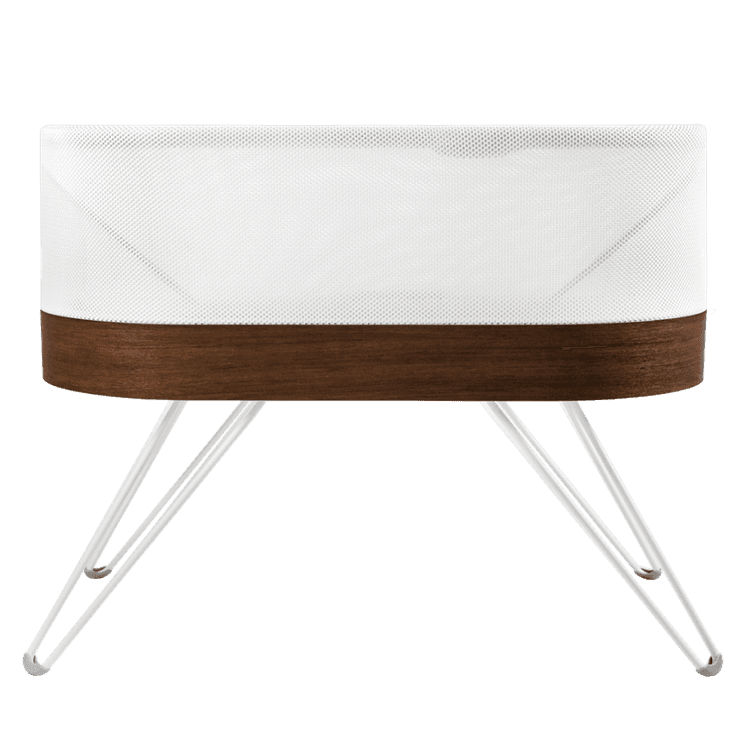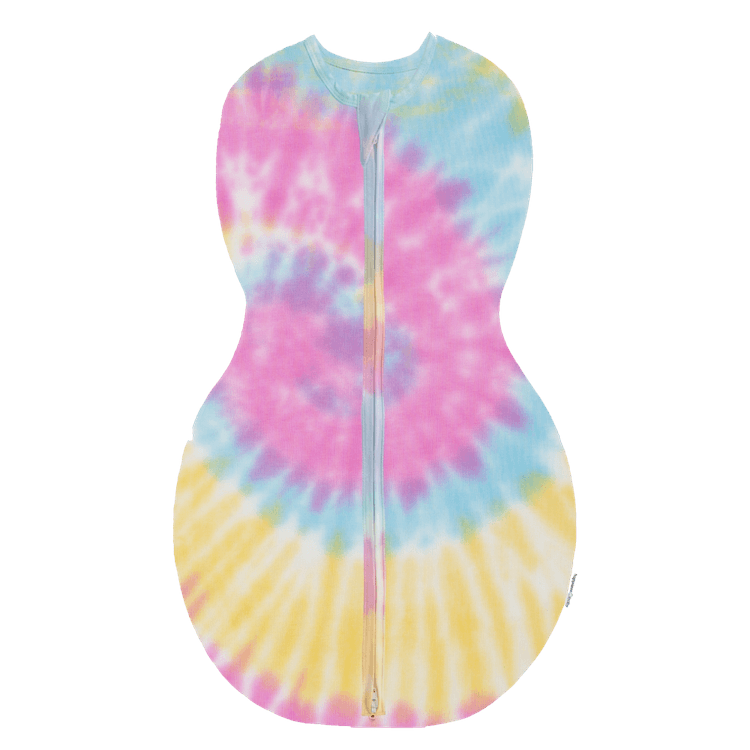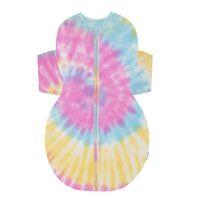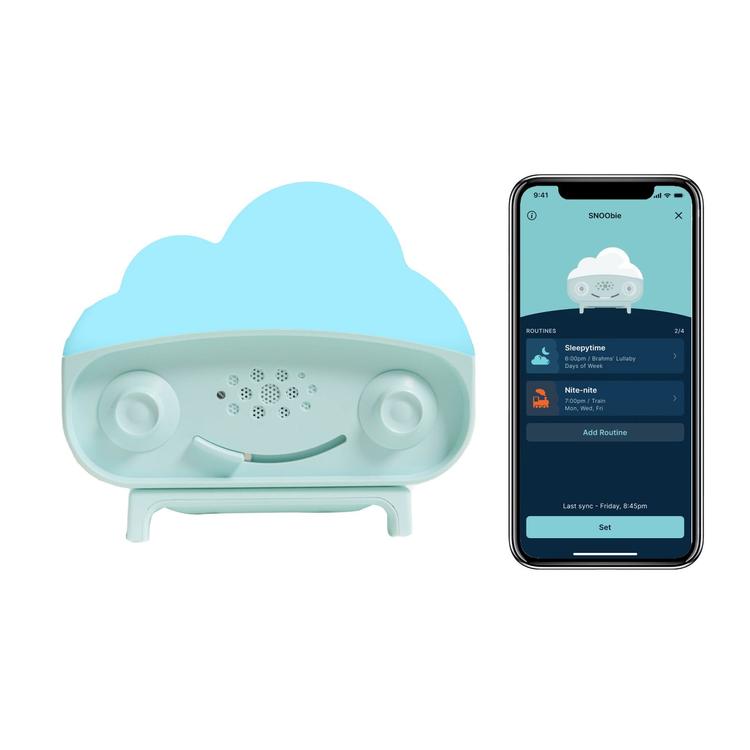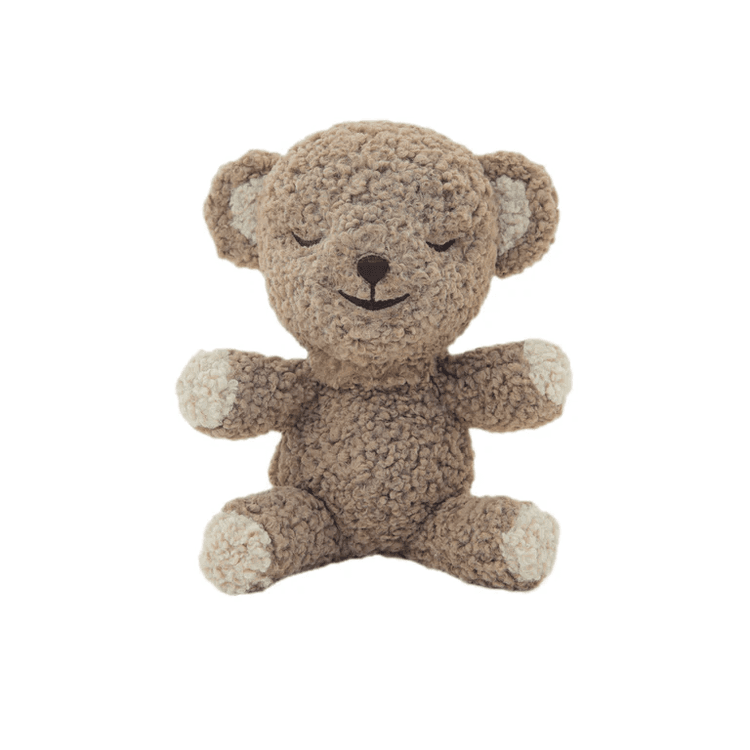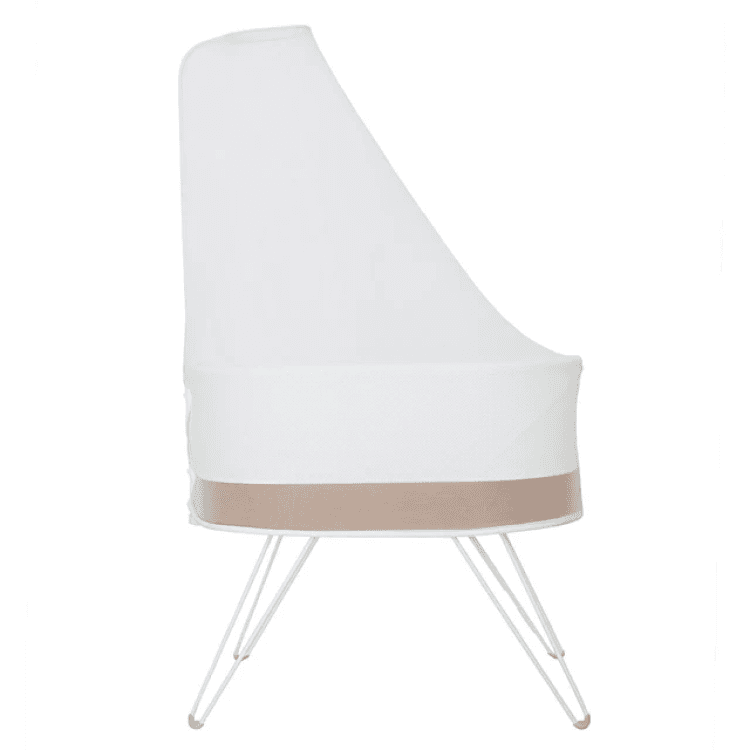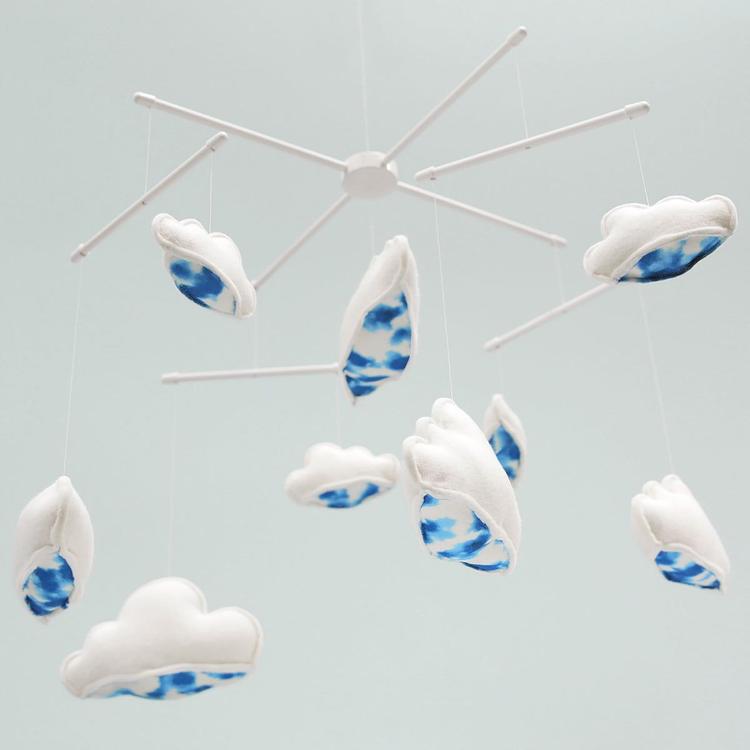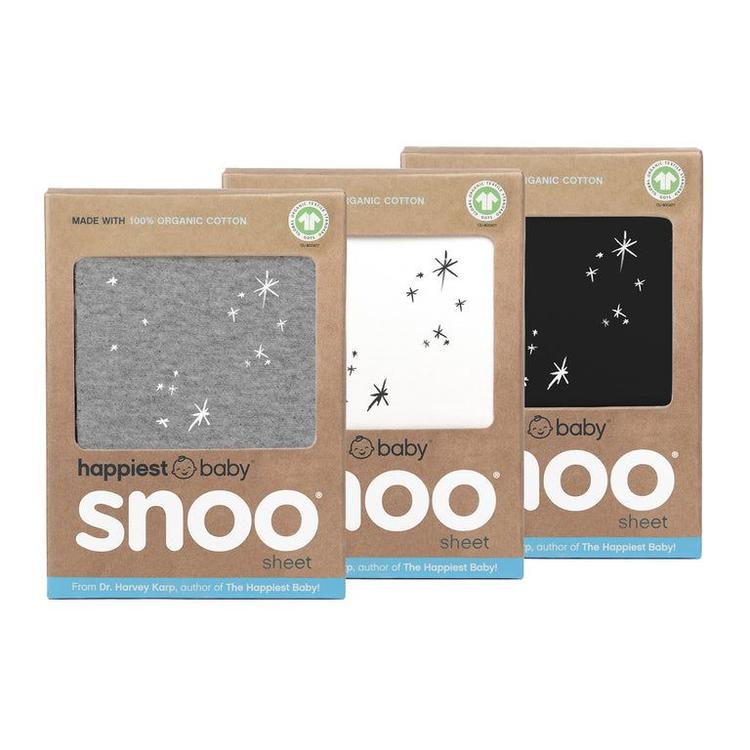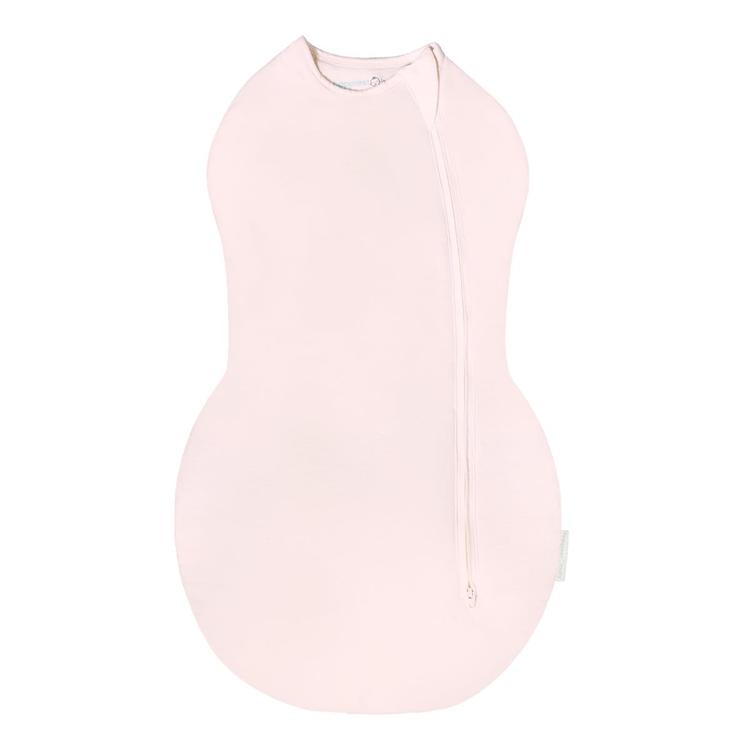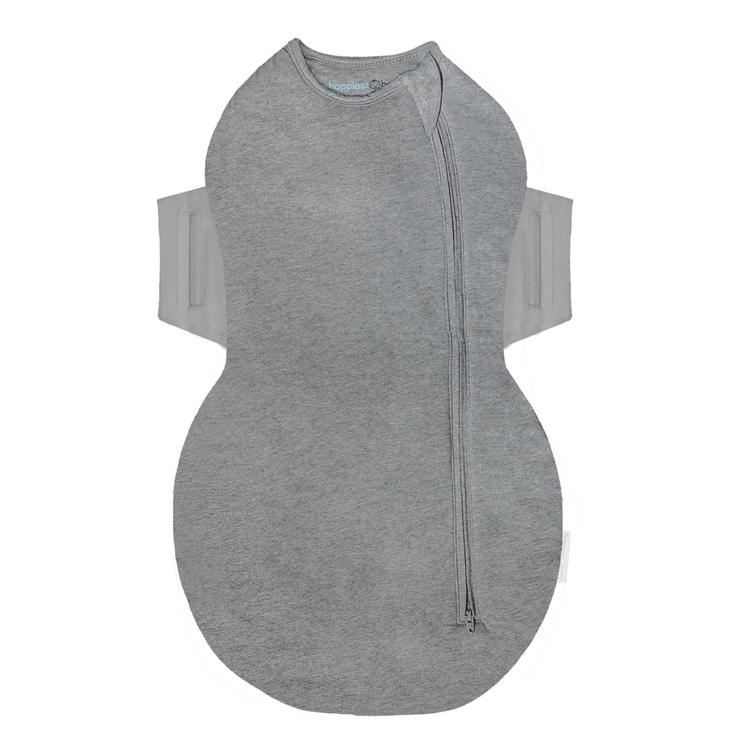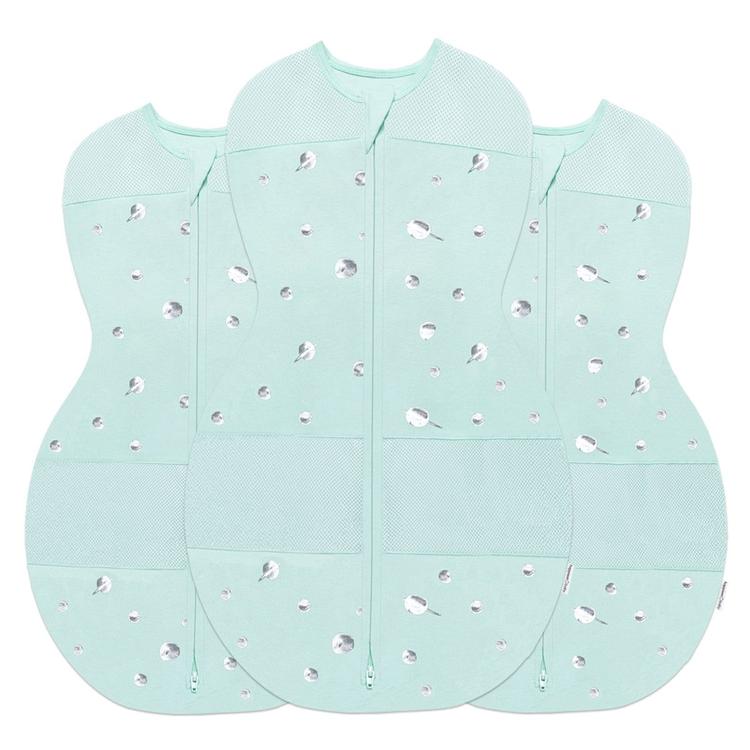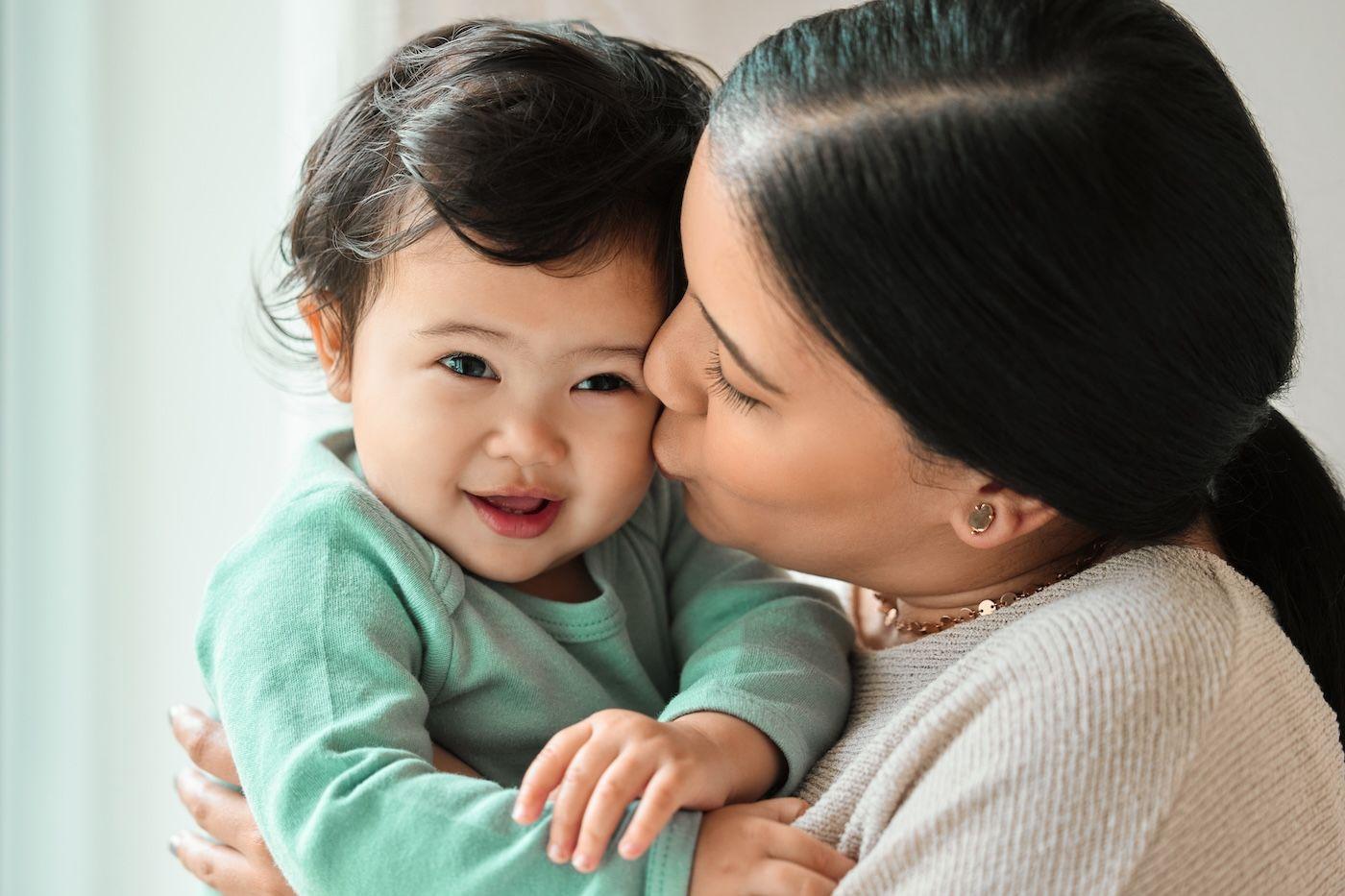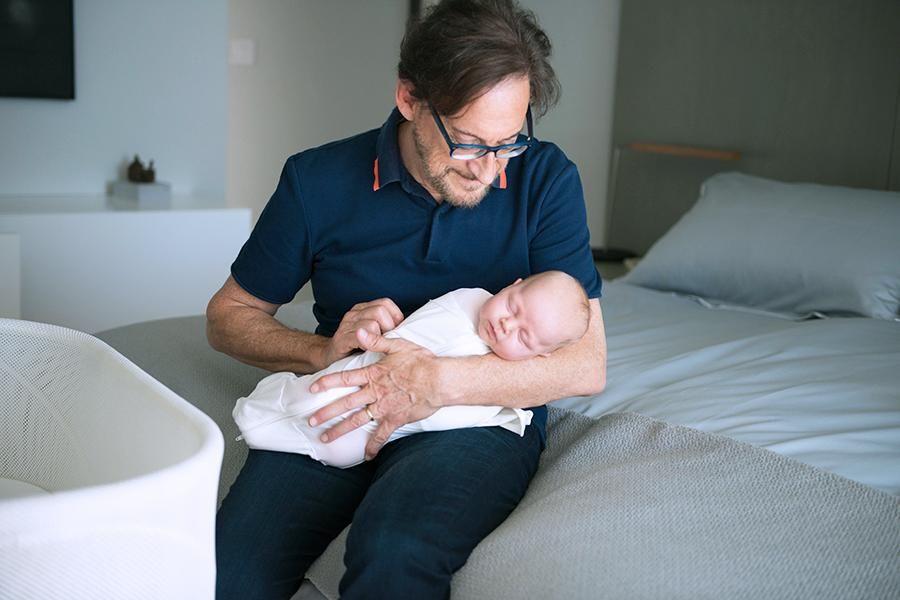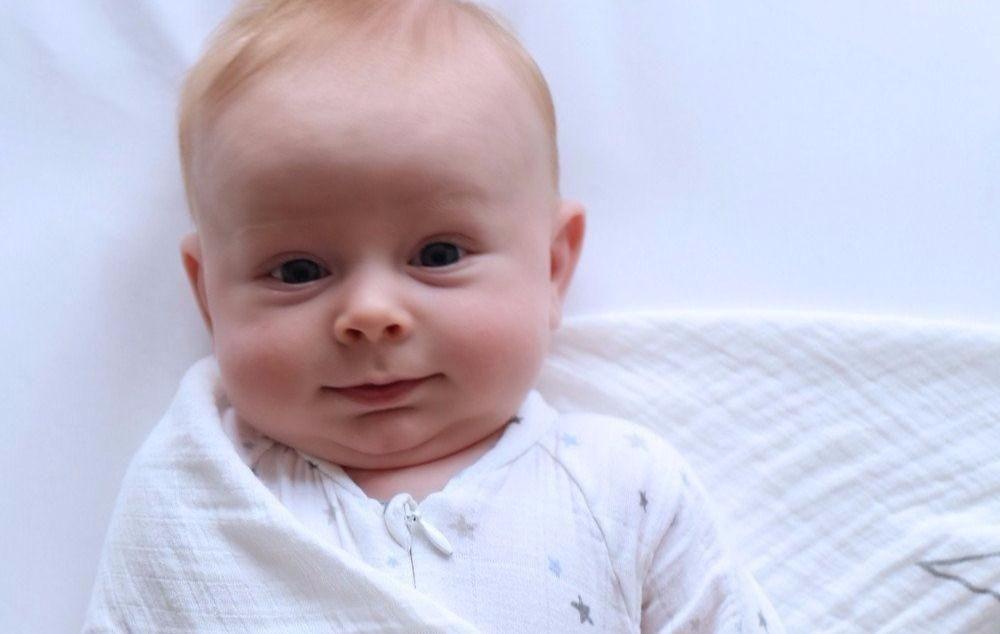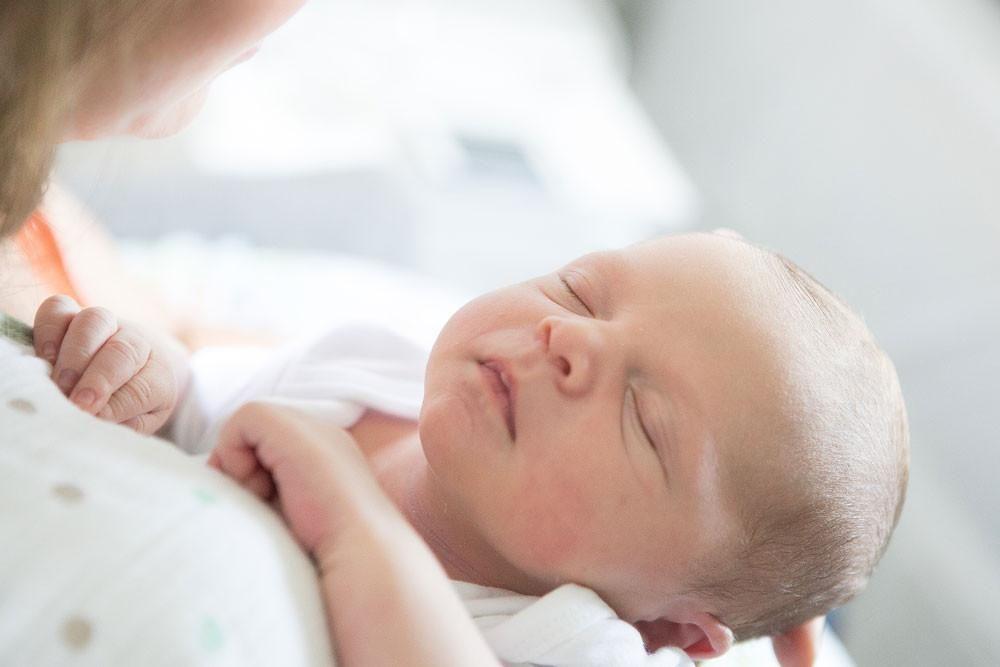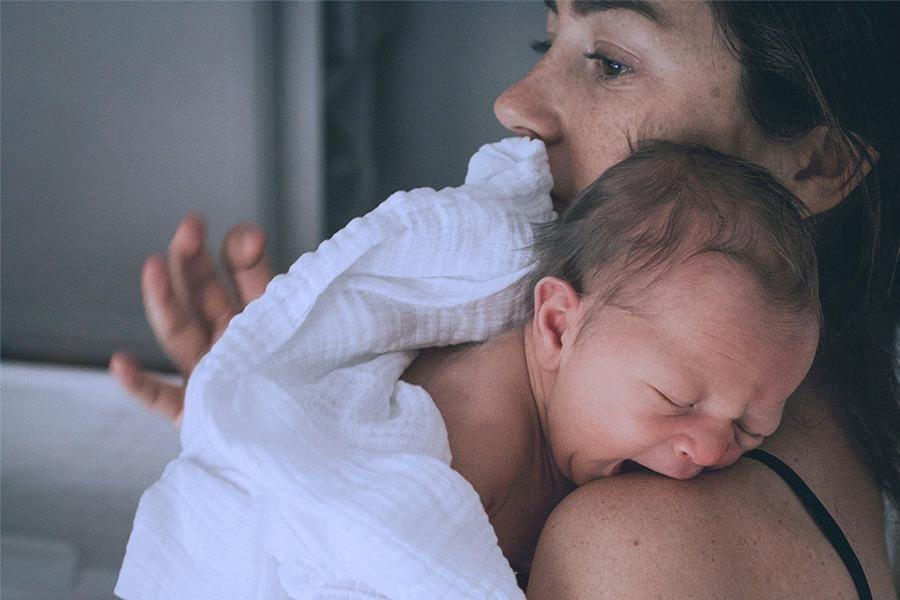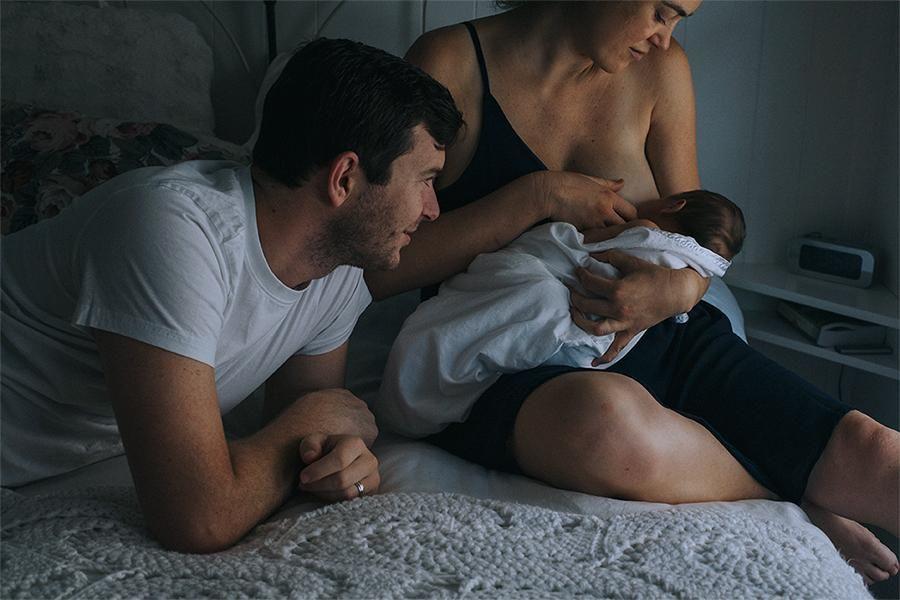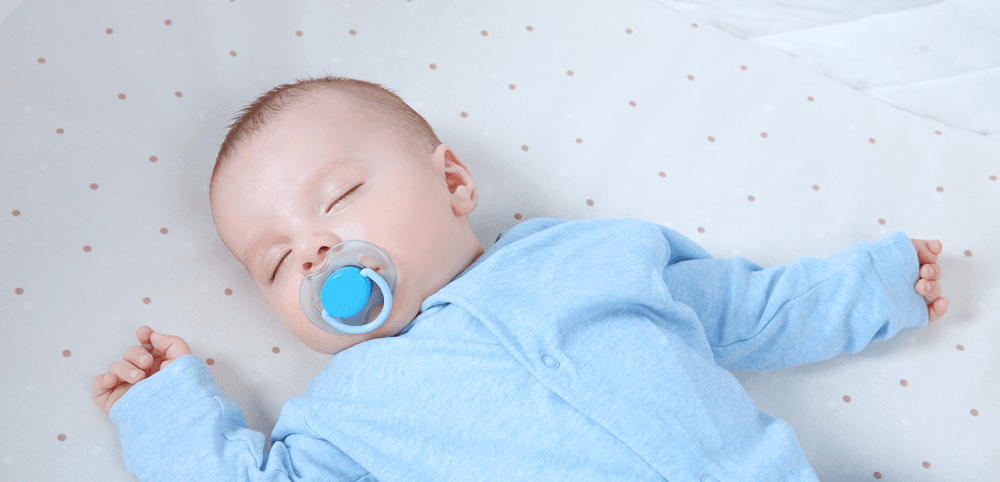The pandemic has been challenging for everyone…and being cooped-up has been especially tough for parents. So, if your family is itching for some socialisation or is looking for an alternative to distance-learning this fall, a quaranteam or pandemic pod might sound really appealing.
What is a quaranteam? Quaranteams (sometimes called pandemic pods or social bubbles) allow families to open up their quarantine circle to a few members outside the household. The idea is everyone in the pod only socialises with one another to allow interaction…with controlled risk.
But are quaranteams really safe? Well, it depends. They are not as safe as if you stick close to home with your family, but they are less risky than interacting without any rules or limits in place. A quaranteam is certainly not something you want to enter into lightly! In order to make your quaranteam as safe as possible, it is important that you establish some firm boundaries. If you are planning on forming a pandemic pod—whether for play or for school—here are some tips to help keep everyone healthy…
Keep your quaranteam small.
The more people who are in your pod, the greater your COVID-19 exposure risk. Pick one other family…maybe two, to invite into your quaranteam. Ideally, keep your overall pod size to 10 people or fewer.
Be honest with your quaranteam-mates.
Have a frank talk with your potential pod members. Are they interacting with other outside family members or friends? Are they venturing on outings that may boost their exposure risk? Are any members of the family back at work or school, for example? When they are out, are they wearing masks?
These are all answers that you will want to have before entering a quaranteam. If your toddler’s BFF is in a homeschool pod with you but is doing playdates with the kids down the street, then you probably will not want to invite her family into your bubble. Because by welcoming her into your pod, you are welcoming her germs, as well as germs from her other playmates…plus germs from anyone those playmates interact with!
Opt for al fresco quaranteam outings.
Based on what we know about COVID right now, it looks like confined spaces, close contact with others, and crowds pose the highest risk for transmission. It also appears that coronavirus is spread more inside than outside. So, whether you are hanging out in your pandemic pod or just with your family, you will want to avoid activities where you are confined or in big crowds. Spend time outdoors when you can.
But the real beauty of a quaranteam—at least of one where everybody follows the rules!—is that it allows you to socialise without being around lots of people. If you and your pod-mates are being diligent about reducing your COVID-19 exposure, meetups where you are all contained to one person’s home, backyard, or stoop are fair game.
Do not risk it if you are high risk.
If you or anyone in your family is at an increased risk for COVID-19 (due to age, asthma, or other medical conditions), a pod is probably not a great option for you, and you should continue to keep your circle tight. And, you will still want to have everyone wash hands and faces, wear masks, and maybe even putt on a fresh t-shirt when they start to frolic.
Though pods might seem like a perfect solution for pooped-out parents who have been trying to make it through the pandemic without childcare, remember pods do not come with virus-fighting protective forcefields! Coronavirus is very serious, so we need to keep working hard to keep ourselves and our community safe—by wearing masks, practicing physical distancing, and limiting outings—until we have kicked COVID to the curb.


